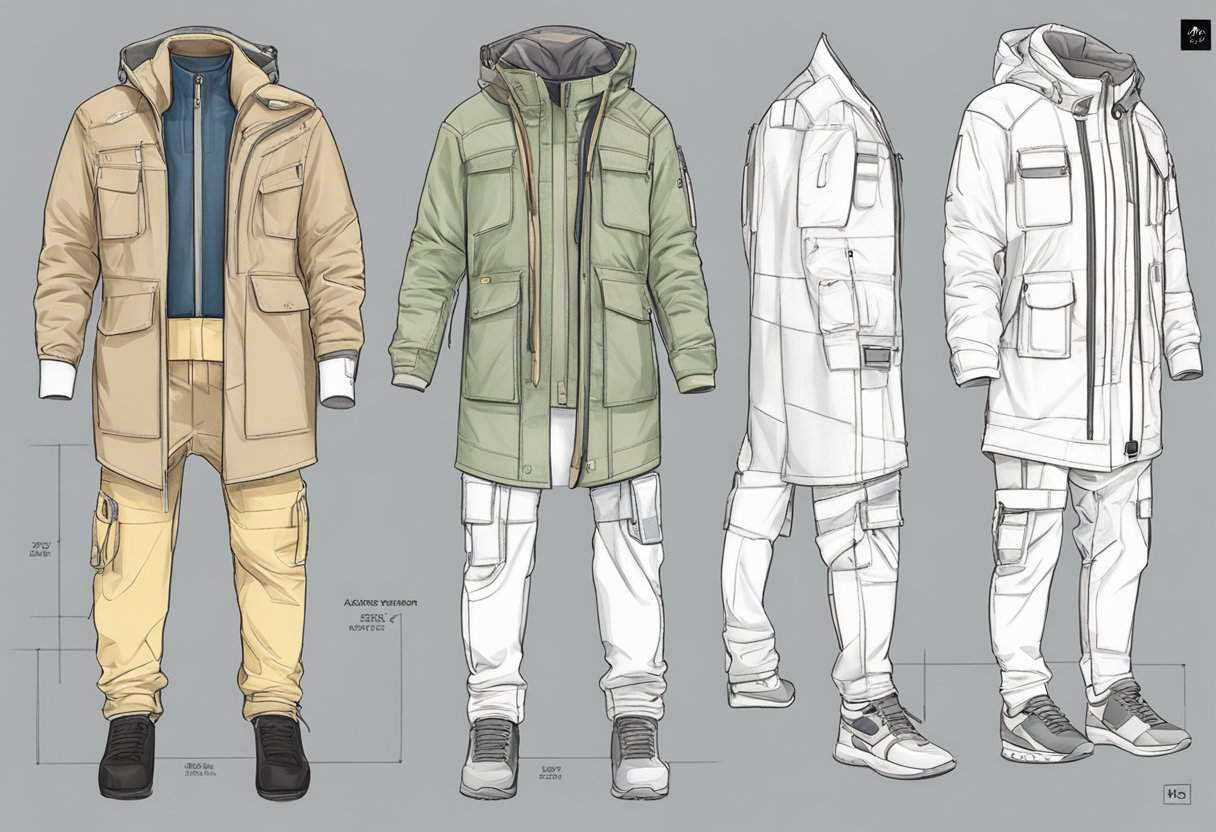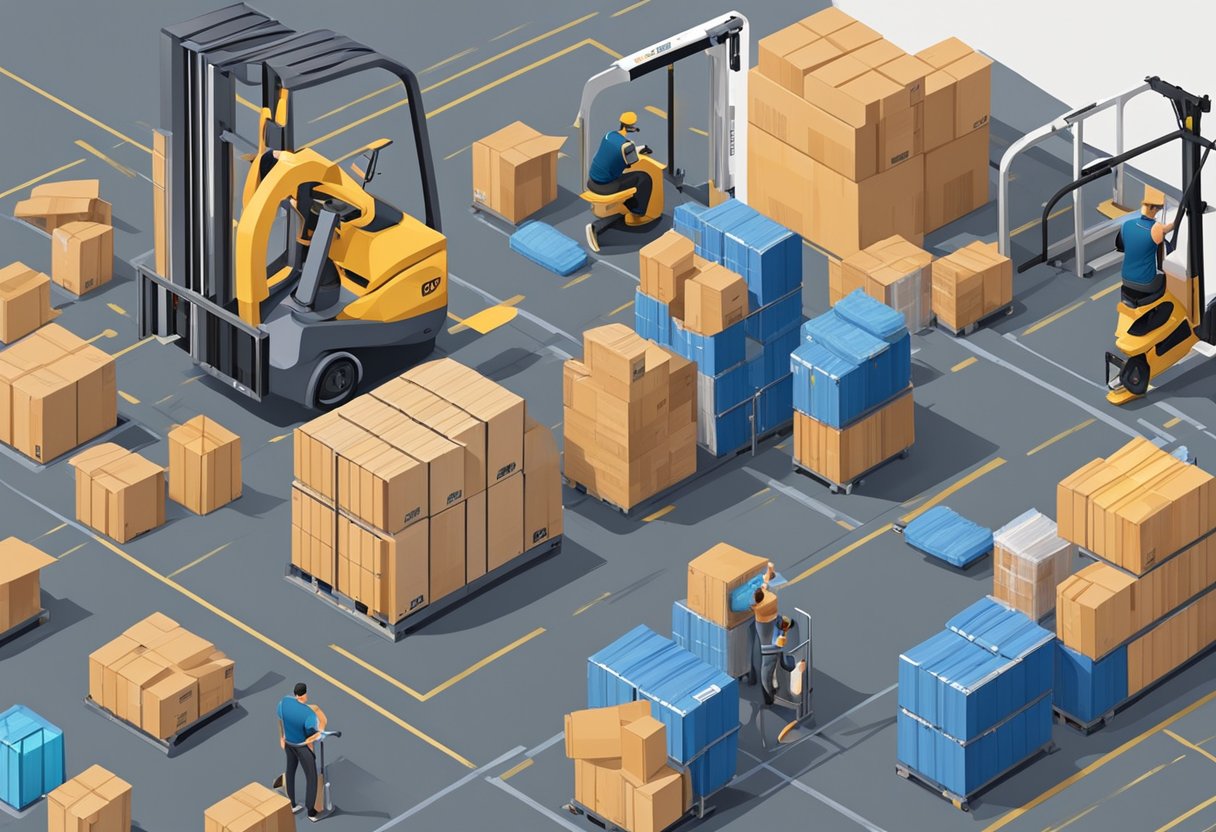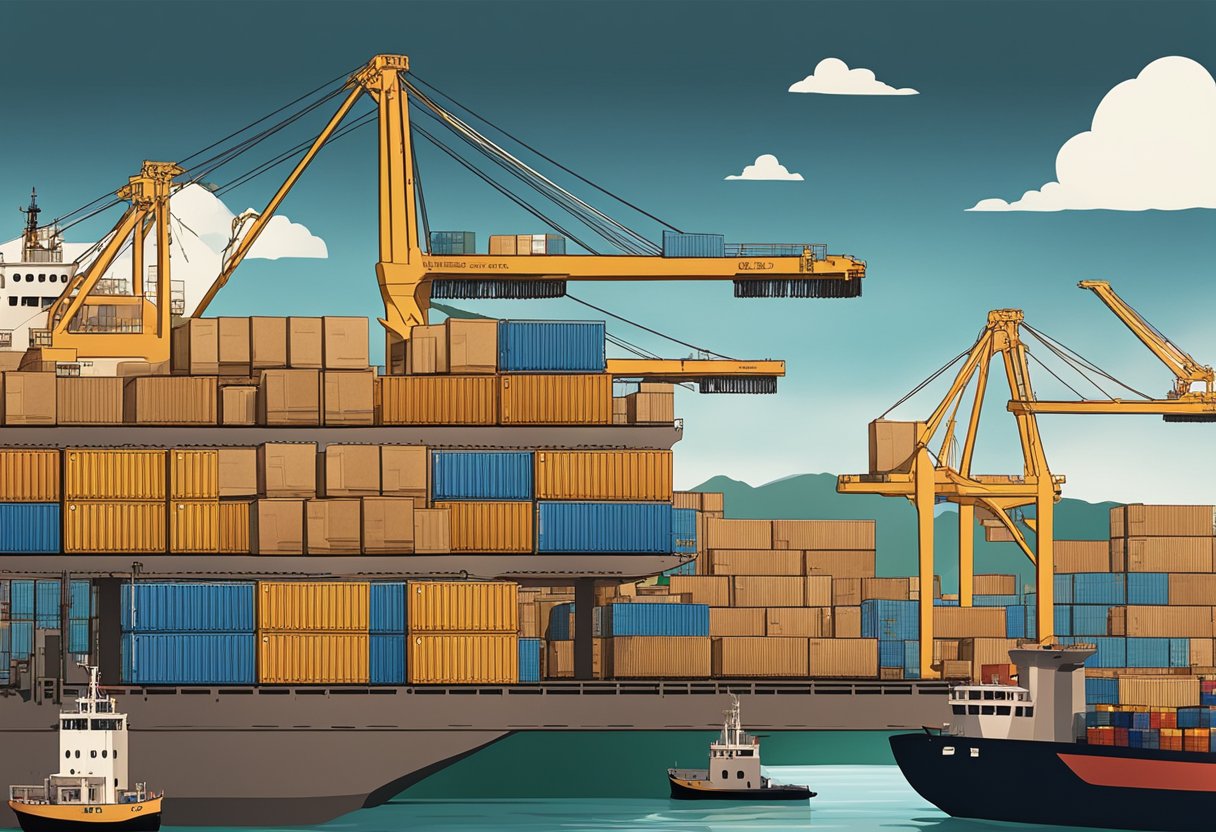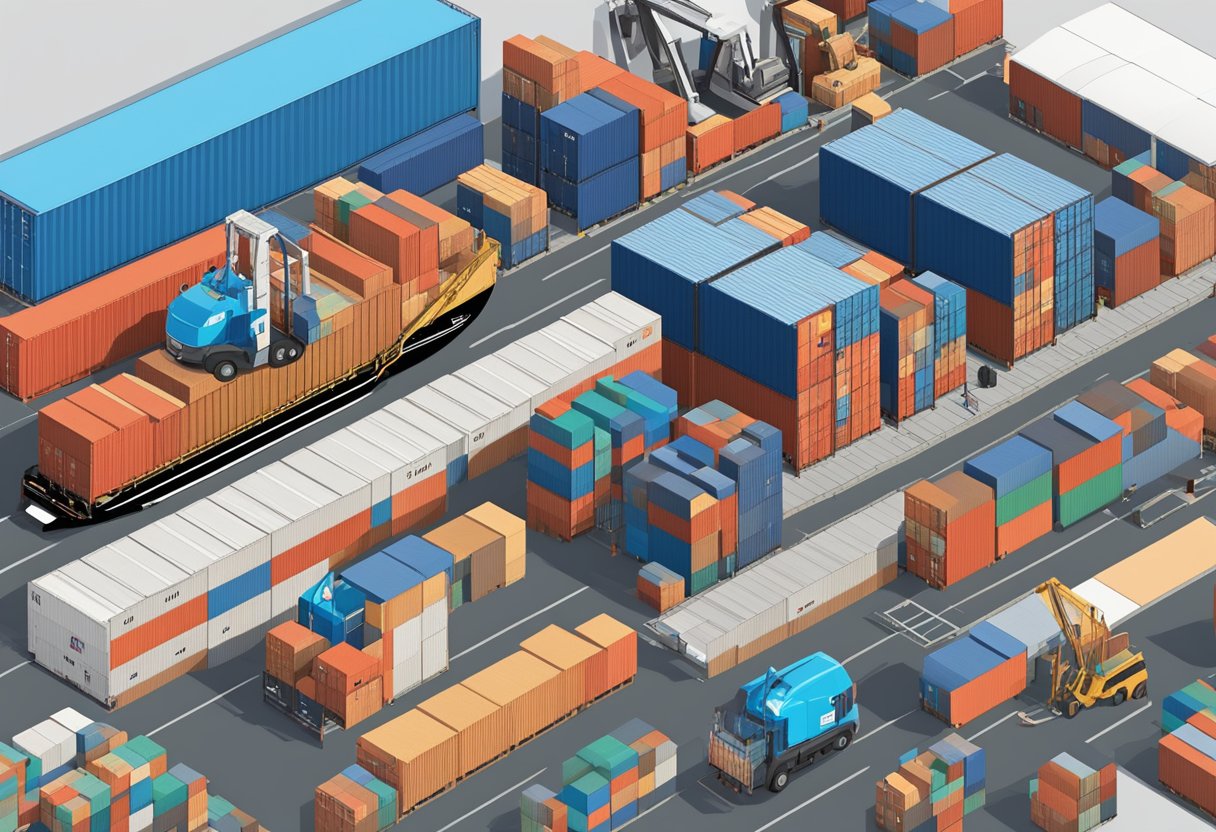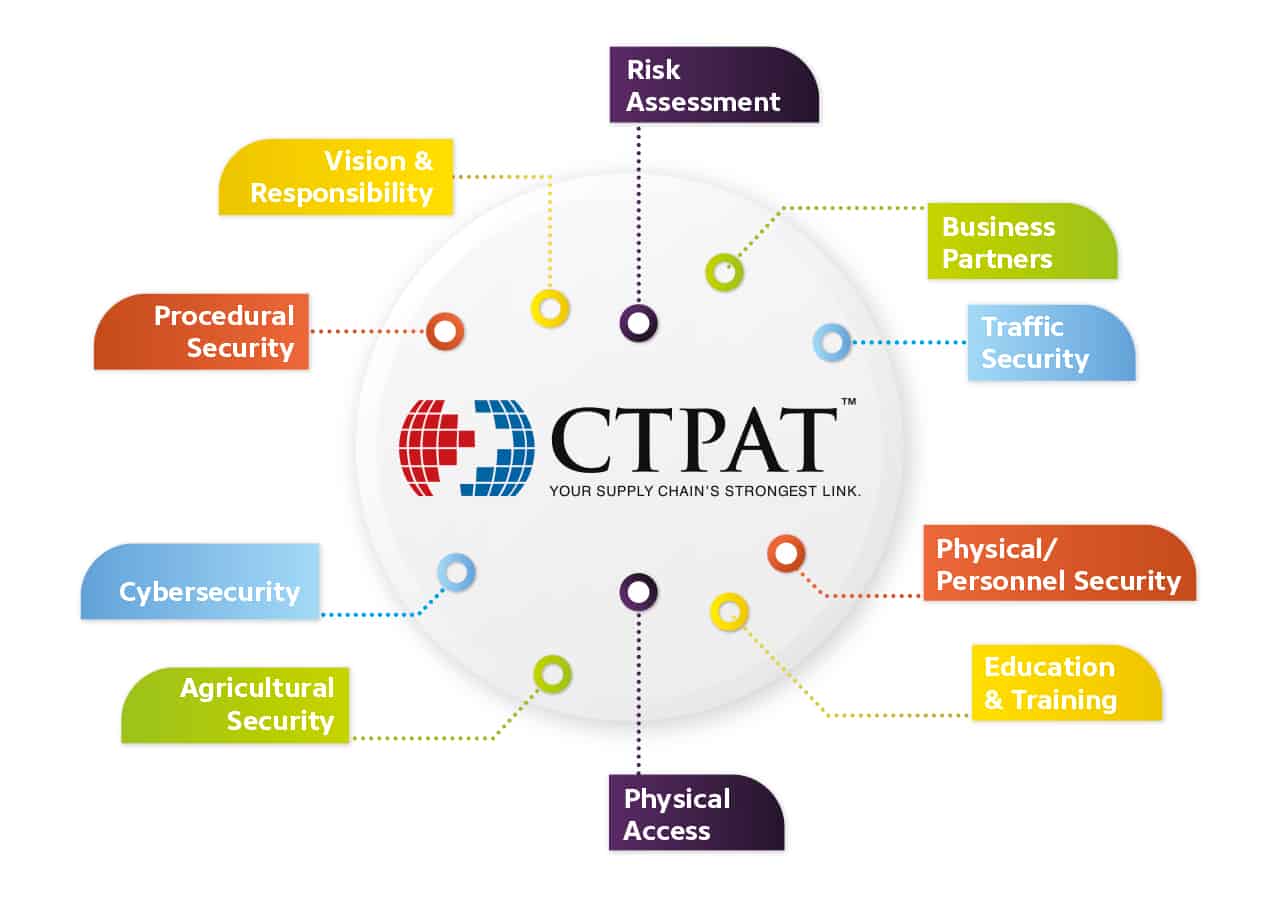Product sourcing companies and agents play a crucial role in helping businesses find the best products at the best prices. They work hard to ensure that their customers’ quality standards are met and that the products are delivered in a timely manner. A good product sourcing company can provide additional services beyond just finding the right products, making it a valuable partner for any business.
To help businesses find the right product sourcing company, there are several options available. A comprehensive product sourcing companies list includes names like Supplyia, Unitedgs, and Connectedsourcing, among others. However, it is important to follow product sourcing best practices to avoid intermediaries and encourage imitation, and to have a Plan B in case the first option doesn’t work out.
Key Takeaways
- Product sourcing companies and agents help businesses find the best products at the best prices.
- A good product sourcing company can provide additional services beyond just finding the right products.
- Following product sourcing best practices and having a backup plan are essential for success.
What Does a Product Sourcing Company Do?
A product sourcing company is a business that helps other companies find reliable sources of products and supplies at low costs. They often have relationships with multiple factories and suppliers, and use their knowledge of local business customs and languages to negotiate favorable terms for their clients.
What is a Good Product Sourcing Company?
A good product sourcing company should have a deep understanding of their clients’ needs and be able to find factories that can meet those needs. They should also be able to address any ethical concerns, such as working conditions and contamination, and provide transparent reports on the factories they work with.
Companies like Cosmo may even visit factories in person to ensure that they meet their clients’ standards. A good sourcing company should also be able to handle a variety of issues related to import and export duties, taxes, and tariffs, as well as arranging factory tours and liaising with third-party services for inspection, testing, and certification.
Why Do You Need a Product Sourcing Company?
A product sourcing company can save companies time and money by finding reliable sources of products and supplies. They can negotiate favorable terms with factories and suppliers, and handle all the logistics of shipping and import/export duties.
In addition, a good sourcing company can help ensure that the factories they work with operate ethically and comply with environmental and safety standards. They can also provide valuable insights into local business customs and norms, helping their clients navigate the complexities of international trade.
Overall, a product sourcing company can be an invaluable partner for companies looking to expand their international supply chains and find reliable sources of products and supplies.
Product Sourcing Companies List:
Supplyia
Supplyia is a Chinese-based product sourcing company located in Yiwu. They specialize in sourcing products from China and have a vast network of suppliers in the country.
Unitedgs
Unitedgs is a US-based sourcing agent located in Michigan. They offer services for sourcing products from the US and other countries.
Connectedsourcing
Connectedsourcing is a global product sourcing company that operates in Asia. They offer services for sourcing products from different countries in Asia.
Sourceoneltd
Sourceoneltd is a global product sourcing company with a presence in different parts of the world. They offer services for sourcing products from different countries.
Partnerloggroup
Partnerloggroup is a global product sourcing company located in Helsingborg, Sweden. They offer services for sourcing products from different countries.
Brandnewmd
Brandnewmd is a US-based product sourcing company located in New Jersey. They specialize in sourcing products from the US and other countries.
Avasant
Avasant is a global sourcing company located in Virginia, US. They offer services for sourcing products from different countries.
Zignify
Zignify is a global product sourcing company located in the UK. They offer services for sourcing products from different countries.
Sourcingint
Sourcingint is a sourcing agent located in Texas, US. They offer services for sourcing products from the US and other countries.
Globalsourcingintl
Globalsourcingintl is a global product sourcing company located in Florida, US. They offer services for sourcing products from different countries.
Fillsell
Fillsell is a sourcing agent located in Vilnius, Lithuania. They offer services for sourcing products from Lithuania and other countries.
Gradeaglobal
Gradeaglobal is a sourcing agent located in Phoenix, Arizona. They offer services for sourcing products from the US and other countries.
Globalsourcing
Globalsourcing is a mining and construction industry-focused company located in South Africa. They offer services for sourcing products related to the mining and construction industry.
Darian
Darian is a sourcing company located in Leicestershire, UK. They offer services for sourcing products from the UK and other countries.
Swissoptic
Swissoptic is a Swiss-based sourcing company located in Heerbrugg. They offer services for sourcing products from Switzerland and other countries.
Mrags
Mrags is a global sourcing company located in Illinois, US. They offer services for sourcing products from different countries.
Eds-international
Eds-international is a global sourcing company located in Ho Chi, Vietnam. They offer services for sourcing products from different countries.
Gembah
Gembah is a manufacturing sourcing company located in Texas, US. They offer services for sourcing products related to manufacturing.
like-sourcing
Like-sourcing is a global product sourcing company located in Illinois, US. They offer services for sourcing products from different countries.
Gpsources
Gpsources is a sourcing agent located in Tennessee, US. They offer services for sourcing products from the US and other countries.
Sourci
Sourci is an Australian-based product sourcing agent located in Cremorne. They specialize in sourcing products from Australia and other countries.
Product Sourcing Best Practices
Product sourcing is a crucial aspect of any retail business, as it determines the quality and availability of products on offer. To ensure that a business has a steady supply of high-quality products at reasonable prices, it is essential to follow some best practices. Here are some product sourcing best practices that businesses should consider:
Avoid Intermediaries
One of the best practices in product sourcing is to avoid intermediaries. Dealing directly with manufacturers or suppliers can help businesses save money and increase profit margins. By cutting out intermediaries, businesses can negotiate better prices and have more control over the quality of their products.
Have a Plan B
In product sourcing, having a backup plan is crucial. Businesses should always have a backup supplier or manufacturer they can contact when their primary supplier fails to deliver. This ensures that the business can continue to provide products to its customers even in the face of unforeseen circumstances.
Encourage Imitation
Another best practice in product sourcing is to encourage imitation. Businesses can learn a lot from successful sourcing models that already exist in their industry. By imitating successful sourcing models, businesses can save time and resources that would have been spent on trial and error.
To ensure successful product sourcing, businesses must research their products and suppliers thoroughly. They should validate the quality and reliability of their suppliers to avoid receiving counterfeit or poor-quality products. By following these best practices, businesses can have a steady supply of high-quality products at reasonable prices.
Getting Started with Product Sourcing
For a successful e-business, it is important to have a reliable product sourcing process. Once a good product sourcing company is identified and the necessary products are acquired, the next step is to find a suitable eCommerce platform to sell them. Here are some tips to get started with product sourcing:
- Research potential product sourcing companies thoroughly before making a decision.
- Consider factors such as product quality, pricing, and shipping options.
- Use a variety of sourcing methods, such as attending trade shows and networking with other businesses.
- Look for niche products that have high demand but low competition.
- Choose an eCommerce platform that is user-friendly and has the necessary features for your business needs.
By following these steps, businesses can establish a solid foundation for their product sourcing process and set themselves up for success in the e-commerce world.


